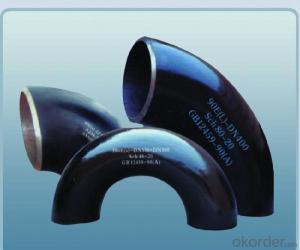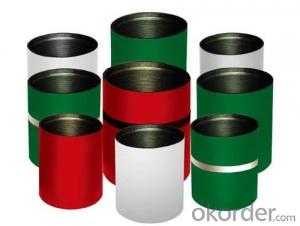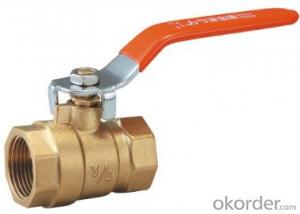1in Stainless Steel Tubing
1in Stainless Steel Tubing Related Searches
Best Paint For Stainless Steel Blanket Insulation For Steel Buildings Primer For Galvanized Steel Foam Filter For Stainless Steel H S Code For Stainless Steel Surface Grinding Wheels For Stainless Steel Surface Grinding Wheels For Hardened Steel Hole Saw For Stainless Steel Paint For Stainless Steel Stainless Steel For BbqHot Searches
Steel Mesh Panels For Sale Price For Stainless Steel Scrap Scrap Price For Stainless Steel Price For Stainless Steel Stainless Steel Tank For Sale Stainless Steel Sheets For Sale Cheap High Tea Sets For Sale Stainless Steel Tanks For Sale Stainless Steel For Sale High Density Fiberboard For Sale Solar Hot Water Collectors For Sale Scaffolding For Sale In Uae Scaffolding For Sale In Ireland Scaffolding For Sale In Houston Type Of Inverter For Solar Price Of Shipping Containers For Sale Types Of Inverter For Solar Stock Price For Aluminum Used Solar Inverter For Sale Steel Mesh Panels For Sale1in Stainless Steel Tubing Supplier & Manufacturer from China
Okorder.com is a professional 1in Stainless Steel Tubing supplier & manufacturer, offers integrated one-stop services including real-time quoting and online cargo tracking. We are funded by CNBM Group, a Fortune 500 enterprise and the largest 1in Stainless Steel Tubing firm in China.Hot Products
FAQ
- Indeed, decorative ceiling tiles can be created using stainless steel sheets. Renowned for its durability, resistance to corrosion, and aesthetic allure, stainless steel is a versatile material. It can be effortlessly tailored and fashioned into an assortment of designs, textures, and finishes, rendering it an exceptional option for decorative applications. By incorporating stainless steel ceiling tiles, any environment, be it residential, commercial, or industrial, can acquire a contemporary and polished appearance. Furthermore, stainless steel proves to be a practical choice in areas where cleanliness is of utmost importance, as it is facile to clean and maintain.
- Yes, stainless steel sheets are generally resistant to hydrogen embrittlement due to their high strength and low reactivity with hydrogen gas.
- What does "stainless steel plate" 6.0*1500c mean?
- Stainless steel plate 6.0*1500c represents stainless steel material,6 represents the stainless steel thickness,
- Yes, stainless steel sheets can be used for medical instruments. Stainless steel is a common material choice in the medical industry due to its excellent corrosion resistance, durability, and ease of sterilization. It is widely used in various medical instruments such as surgical tools, implants, and equipment due to its hygienic properties and ability to withstand harsh cleaning and sterilization processes.
- The maximum temperature that stainless steel sheets can withstand depends on the specific grade or alloy of stainless steel being used. However, most stainless steel sheets can typically withstand temperatures of up to around 1500 degrees Fahrenheit (815 degrees Celsius) before experiencing significant structural or mechanical changes.
- When it comes to acoustics, there are several advantages to using perforated stainless steel sheets. Firstly, they have excellent sound absorption properties. The evenly distributed perforations in the sheets help to scatter sound waves, reducing their energy and preventing them from bouncing back into the room. This reduces echo and reverberation, creating a more comfortable and clear acoustic environment. In addition, these sheets can be customized to meet specific acoustic requirements. The size, shape, and pattern of the perforations can be adjusted to achieve different levels of sound absorption. This allows for precise control over the acoustics of a space, making it suitable for various applications such as concert halls, recording studios, theaters, or office spaces. Moreover, perforated stainless steel sheets are highly durable and long-lasting. They are resistant to corrosion, making them capable of withstanding harsh environments without deteriorating over time. This makes them suitable for both indoor and outdoor use, ensuring consistent acoustic performance for many years. Furthermore, these sheets offer an aesthetic appeal. The perforations can be designed in different patterns and sizes, providing a visually pleasing and modern look. This makes them a popular choice for architectural and design applications, where both acoustics and aesthetics are important. In conclusion, perforated stainless steel sheets offer excellent sound absorption, customization options, durability, and an attractive appearance. These qualities make them a versatile and effective solution for improving the acoustic performance of various spaces.
- Stainless steel sheets, in general, exhibit resistance towards alkalis. The corrosion resistance of stainless steel is renowned, as it possesses a notable ability to withstand various chemicals, including alkalis. This resistance can be attributed to the inclusion of chromium in the alloy, which generates a shielding oxide layer on the surface of the stainless steel. Consequently, the material remains safeguarded from corrosion or harm caused by alkalis. Nevertheless, it is crucial to acknowledge that the degree of resistance may differ based on the particular grade and composition of the stainless steel.
- Is stainless steel plate permitted to contact galvanized material?
- The reason why stainless steel can not be welded or contacted directly with ordinary steel is to prevent corrosion of stainless steel, not to prevent corrosion of ordinary steel.















































